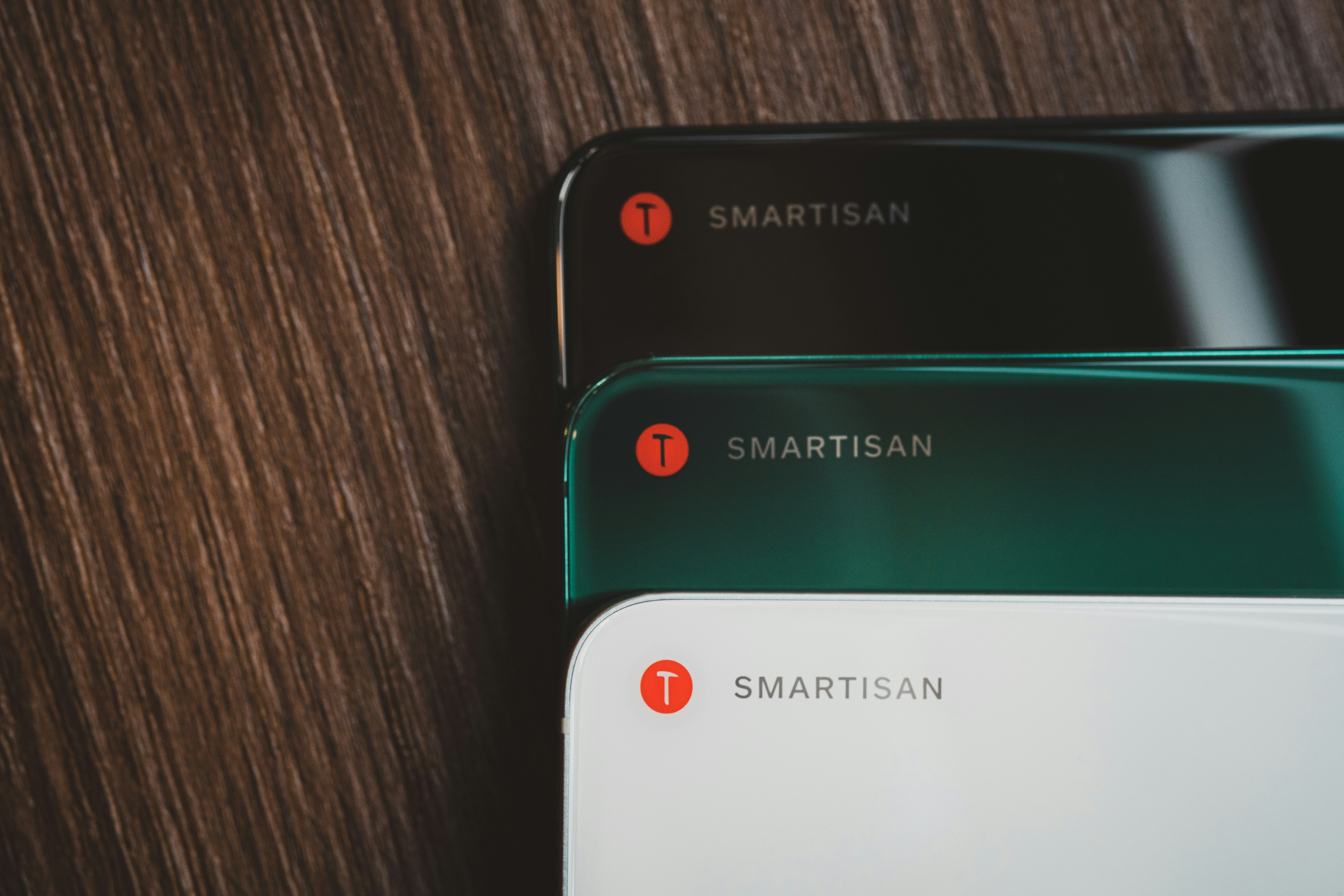What’s Fueling the Green Plate Movement
People don’t just want food that tastes good they want food that does good. Ethical sourcing, sustainable farming, low impact packaging these aren’t fringe priorities anymore; they’re what define trust in a brand or product. Consumers are reading labels, scanning QR codes, and asking hard questions about where and how their food is made. And if they don’t like the answers, they move on.
Climate change is forcing the issue. Longer droughts, unstable crop yields, and rising costs are making everyone from everyday shoppers to big name grocers rethink food systems. That’s pushing a fundamental shift in food culture: people aren’t just filling carts they’re taking a stand. Buyers are choosing local when they can, picking brands with clear environmental metrics, and favoring producers who show their work.
Transparency and traceability aren’t buzzwords anymore they’re baseline expectations. The closer you can get to the source, the better. Whether it’s farm to table, fair trade products, or supply chains built on blockchain, food in 2026 is shaped by accountability. People want to see the story behind their plate, and they’re willing to spend more for one that checks out.
Plant Based is No Longer Niche
Plant based eating has officially moved past trend status and it’s evolving fast. Early waves focused on meat knock offs: soy burgers, pea protein nuggets, lab grown bacon facsimiles. But that era is fading. Today, eaters are reaching for real, whole ingredients over processed substitutes. Think lentil packed bowls, colorful seaweed wraps, and hearty mycelium steaks that don’t try to imitate meat they just taste good, period.
Soy still has a place, but it’s no longer the star. Innovation is expanding to food tech’s quieter heroes: fungi based textures that mimic meat without mimicry; aquatic crops like kelp that grow fast and leave a small footprint; legumes and pulses doing the heavy protein lifting, without ingredient decks that read like science experiments.
Driving it all is the rise of the flexitarian those who aren’t fully plant based, but lean that way most days of the week. They want food that’s clean, satisfying, and low on environmental guilt. That demand is reshaping grocery shelves, restaurant menus, and global supply chains. In 2026, eating green isn’t about exclusion it’s about better choices that actually stick.
From Farm to Fork Smarter, Shorter Supply Chains

Local isn’t just nice anymore it’s expected. In 2026, locally sourced and seasonal food has shifted from trend to standard. People want to know where their food comes from, how it was grown, and how far it had to travel. Whether it’s a downtown grocery shelf or a weekend market stall, local and in season options are leading the choices of informed eaters.
Tech is making that clarity possible. QR codes on packaging now link straight to supply chain data. Blockchain backed food records are moving from novelty to norm, giving buyers the power to track down the farm, field, or boat their meal came from. Transparent sourcing isn’t just about trust it’s about proving sustainability, one label at a time.
Then there’s regenerative agriculture. More than organic, it’s about rebuilding soil, restoring ecosystems, and keeping carbon in the ground where it belongs. Farmers are shifting practices not just to grow food but to heal the land while doing it. It’s a quiet revolution powered by old methods, new tech, and public demand for a plate that pulls its weight.
Waste Less Kitchens At Home and in Restaurants
The war on food waste is getting tactical. In home kitchens and commercial ones alike, upcycled ingredients are no longer fringe they’re frontline. Think ugly produce becoming soups, stale bread turned into croutons, or leftover pulp from juice bars reimagined in bakery goods. Zero waste cooking isn’t about perfection, it’s about intention. Chefs are designing menus backwards from what’s left over to what could be.
At the same time, smart composting is going mainstream. People want to close the loop, whether that’s through countertop bins or city wide compost programs. Apps like Too Good To Go and Olio are connecting surplus food with people who can use it, squeezing extra life out of what used to be trash. And then there’s the packaging revolution edible forks, dissolvable films, and circular containers that get returned and reused instead of tossed.
Restaurants are making structural changes, too. Some are reshaping portion sizes to cut plate waste. Others are partnering with local farms to buy in smaller, need based batches. Many now design kitchens with waste sorting and composting at the core. It’s not performative. It’s practical and increasingly, it’s profitable.
Deep Dive: Global Shifts in Food Culture
Sustainability isn’t a one size fits all story. Across the world, regions are putting their own spin on going green. In Nordic countries, the push is toward hyper local seasonal eating and forest foraged ingredients. In Kenya, regenerative grain systems are helping restore both soil fertility and community independence. Japan is focusing on minimal waste and reviving Edo period food philosophies to reconnect culture with low impact living.
Food sovereignty is gaining traction, too. Indigenous communities across the Americas are reclaiming traditional diets corn, beans, wild rice not just for health, but as a statement of cultural survival. These are foods with history, harvested with respect, and eaten in rhythm with the land.
Cultural sustainability matters. Trends that go viral in one country might clash with values elsewhere. Local knowledge, native ingredients, and heritage techniques offer rooted alternatives to Westernized greenwashing. The global food map is shifting, and it’s becoming more decentralized, diverse, and deeply personal.
For a snapshot of where it’s heading next, check out Top Global Food Trends to Watch This Year.
Looking Forward
The future of sustainable eating isn’t about giving things up it’s about trading up. In 2026, lab grown meat and next gen protein sources aren’t on the fringes anymore. They’re scaling fast. Think cultivated chicken in mainstream grocery aisles and mycoprotein in everything from breakfast patties to sushi rolls. These aren’t gimmicks. They’re the result of years of R&D finally meeting real world convenience, cost, and taste.
Carbon labeling is also becoming a quiet revolution. Menus now don’t just tell you what’s gluten free they tell you the environmental cost of your burger. Airlines, college cafeterias, and fast casual chains are standardizing carbon scores alongside calorie counts. For eaters, this is a shift in mindset. For brands, it’s a transparency arms race.
The key difference in 2026? Sustainable eating has stopped being about restriction. It’s not about making do it’s about making choices that line up with what people care about: health, ethics, climate, and culture. It’s smarter, not smaller. More precise, not more punishing. Convenience still rules but now, so does mission.
